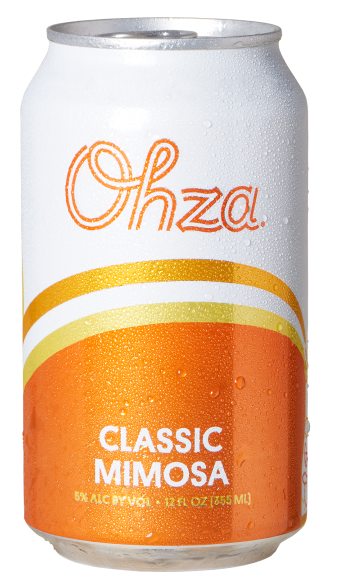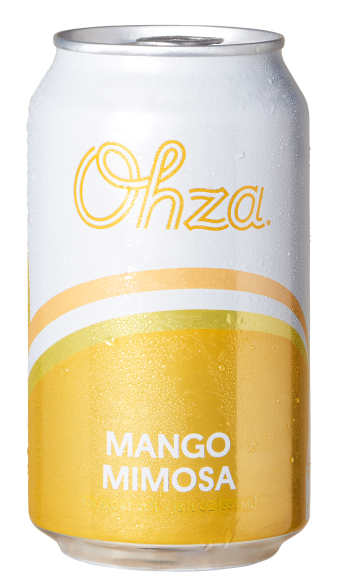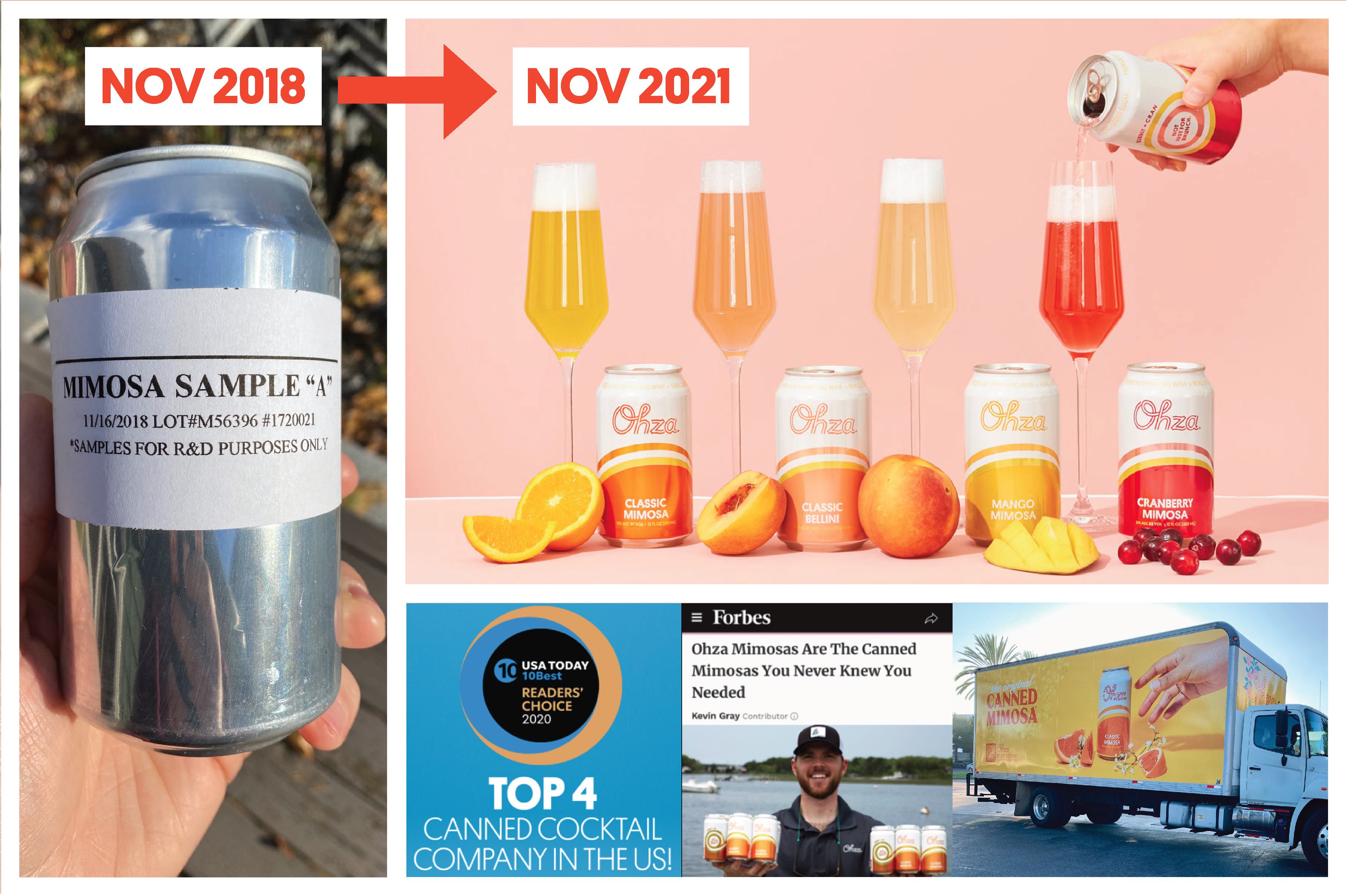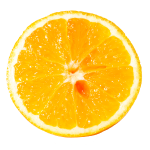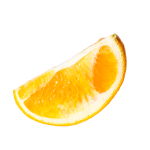What Is Sparkling Wine? What You Wanted to Know

When it comes to most mixed drinks, some of the best kinds will be based on sparkling wine—and it’s pretty great to sip on by itself, too. Sparkling wine’s name is pretty self-explanatory. It’s a type of wine with high carbon dioxide levels that give it those classic bubbles that we all know and love.
However, wine can get pretty confusing. There are tons of varieties out there, different regions produce different kinds, and that’s not even getting into tasting notes. How do you know whether you’ve got a prosecco on your hands or if you’re dealing with Champagne?
There are lots of defining characteristics that make sparkling wine what it is.
Let’s dive into what exactly this popular beverage is and learn everything you want to know about your favorite bubbly drink.
What Is Sparkling Wine?
So what exactly is sparkling wine? We know that it’s a type of bubbly wine that shows up in some fantastic mixed drinks, but what else makes sparkling wine so crucial to our cocktails?
To learn what sparkling wine is and how it is used, we must first learn where it comes from.
History of Sparkling Wine
People have been drinking wine for ages, but the idea of sparkling wine isn’t quite as old as you might think. It wasn’t until the mid-1500s that some monks created wine with the iconic fizz that we know and love, but wine itself has been around since at least 6000 BC—yep, people have been getting their buzz on since long before the modern era.
There is no doubt that Champagne puts sparkling wine on the map. We’re not just talking about the classic drink; we’re talking about the region.
Champagne wines account for 60% of France’s sparkling wine production (a total of 550 million bottles). It’s usually fairly expensive, and although people will call any sparkling wine champagne, that’s simply not the case. There’s more sparkling wine than just Champagne.
Other regions soon caught on to the popularity of sparkling wine and began to create their own wines. Italy, Spain, Germany, England, South Africa, Australia, Canada, and the United States were just a few that caught the sparkling wine craze.
Champagne was definitely the trend-setter, but we can thank these other countries for following suit with their own spins on the classic bubbly.
How Sparkling Wine Is Made
Sparkling wine has to be produced a certain way to get those brilliant bubbles. Every sparkling wine goes through two fermentation processes, but it’s the second fermentation that really differentiates them from other wines, because that’s where the bubbles come from.
There are six ways to produce sparkling wine, each method resulting in a different carbonation level. The two most popular sparkling wine production methods are the Traditional Method and Tank Method, each described below:
Traditional (Classic) Method, aka Methode Champenoise
In the traditional method, the second fermentation takes place in a bottle where sugars and yeasts are added. This method produces smaller bubbles and is used when making Champagne. It definitely takes a bit more work than some of the other methods, which is why it’s so highly regarded.
Tank (Charmat) Method
This method is different from the others because the second fermentation process takes place in a large steel tank. This process helps to create larger bubbles that you’ll find in sparkling wines like Prosecco.
Neither of these methods is necessarily the right or wrong way to make sparkling wine. They just provide different end results, which are all fantastic in their own way.
What Kind of Grapes Are Used to Make Sparkling Wine?
While virtually any type of grape can be used to make sparkling wine, the most common grapes used are Chardonnay and Pinot Noir, thanks to their lighter flavors.
The grapes are picked earlier than other wines to help balance the fermentation process that sparkling wines endure. This is crucial to achieving the distinct flavor that comes from sparkling wines.
There are specific region laws that allow certain wines named after their region to only be made in those specific regions. Champagne is one of them. Other examples include Chablis, Bordeaux, and Burgundy—although those aren’t often sparkling.
These laws protect not only the grapes but also the regions they are grown in, which is beneficial to preserving the land and the integrity of the wines made there.
Types of Sparkling Wine
Sparkling wine comes in a variety of colors, styles, and regions to choose from. That’s one of the reasons it is such a staple in so many drinks. The main characteristic of a sparkling wine is one main thing—the bubbles.
Sparkling wine can be white wine, red wine, and even rosé. The possibilities are virtually endless with sparkling wine, which is why we know there’s something for everyone.
Here are all the main types of sparkling wines and the regions they are from.
Cava
Cava is a sparkling wine from Spain. It is best known for being one of the best sparkling wines to make mimosas with.
Prosecco
Prosecco is a sparkling wine from Italy made using the Charmat method of fermentation. Prosecco is also often the base of classic Bellinis.
Metodo Classico
Metodo Classico is sparkling wine from Italy, made using the classic method of fermentation. It has a smooth and acidic flavor that makes it easily recognizable.
Sekt
Sekt is German or Austriang wine. It uses the classic method of fermentation to achieve its bubbliness.
Espumante
Espumante is Portuguese or Argentinian sparkling wine also fermented using the classic method.
How Dry Is Sparking Wine?
When looking at the labels of the various sparkling wines, it is important to note how dry the wine is—which basically means how sweet your wine will be. When making a mixed drink, you’ll likely want to use dry Champagne to avoid an overly sweet drink.
Here are some key things to look for when reading the labels on sparkling wines.
Brut or Extra Brut
Brut sparkling wine is very dry (i.e., not sweet). Expect “Extra Brut'' to be drier than “Brut.” These wines pair well with food and are not as sweet as their Sec counterparts.
Extra Dry
Surprisingly, Extra Dry sparkling wine is less dry (or sweeter) than Brut. It has just a touch of sweetness but isn’t too sweet. This makes it an easy choice for drinks like mimosas and other basic cocktails.
Sec
Sec is sweeter than Extra Dry, but it’s not the sweetest that sparkling wine can get.
Demi-Sec
Demi-Sec is a sweet sparkling wine. It is often served with dessert and other sweet cocktails.
If you keep all these terms in mind when reading the labels on your bubbly, you can narrow down the perfect sparkling wine for your next event or celebration.
The Low-Down on Sparkling Wine
There is a lot to consider when narrowing down what kind of sparkling wine is best for you and your event.
You have to take into account region, fermentation processes, dryness, and grape type. It’s easy to get a little confused when everything looks so similar. There seems to be an endless array of sparkling wine options to pick from.
Still, the best part about sparkling wine is that you can do so many things with it. Whether you choose Champagne or prosecco, or you dive into a less well-known style, you are guaranteed to spice up any event with a bottle of bubbly. However, you’re not always going to want to deal with popping the bottle, pouring the glasses, and dealing with any potential leftover wine. That’s where we come in.
Our team here at Ohza understands the appeal of bubbly, and we believe that you deserve to experience your favorite kind of fizz whenever you want, wherever you want. That’s why we designed Ohza Mimosas. Pop open a classic can of Ohza wherever you are and enjoy the iconic bubbles you get from an expensive bottle of Champagne at a fraction of the price, with way more convenience. You deserve it!
All in all, sparkling wine is the best choice for any celebration and any occasion, and it’s a fan favorite for a reason, whether you’re drinking it straight up or enjoying it in a mimosa.
Sources:
The History of Sparkling Wine Includes Accidental Science and Exceptional Champagne | Wine Mag
The Difference Between Champagne and Sparkling Wine | Boston Magazine
The Difference Between Champagne and Sparkling Wine | Food and Wine
